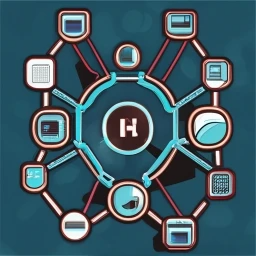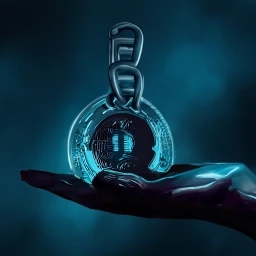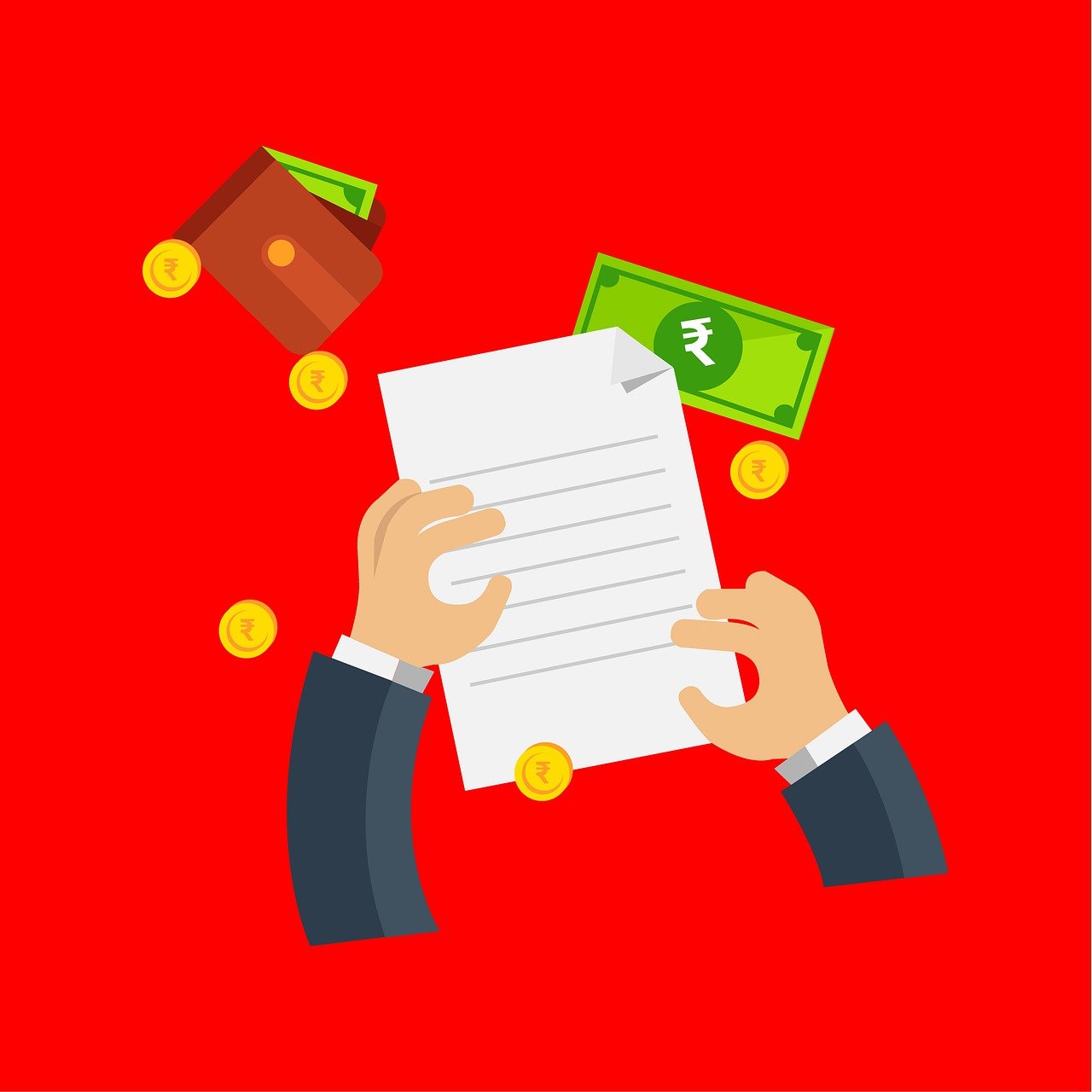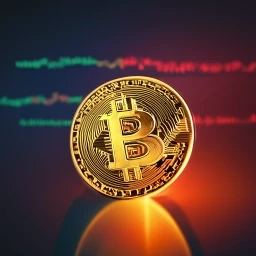In recent years, the convergence of IoT and Blockchain has garnered significant attention, promising to revolutionize the way we connect and secure our devices and data. This fusion of technologies has the potential to address the inherent challenges of IoT while unlocking new possibilities for innovation and efficiency.
Understanding IoT and Blockchain
What is IoT?
The Internet of Things (IoT) refers to the network of physical objects—devices, vehicles, buildings, and other items—embedded with sensors, software, and connectivity capabilities that enable them to collect and exchange data. These „smart“ objects can communicate with each other and with central systems, providing valuable insights and automation across various industries.
What is Blockchain?
Blockchain is a decentralized system that maintains a digital ledger of transactions across numerous computers, ensuring security, transparency, and immutability. Each block in the chain contains a set of transactions, and once it is added to the chain, it becomes permanent and unchangeable. This makes blockchain an ideal solution for applications requiring secure and tamper-proof records.
The Synergy of IoT and Blockchain
Enhancing Security
One of the primary benefits of combining IoT and Blockchain is the enhancement of security. IoT devices are often vulnerable to hacking and data breaches due to their limited processing power and security capabilities. Blockchain can address these vulnerabilities by providing a decentralized and immutable ledger for recording data from IoT devices. This ensures that the data is secure and cannot be tampered with, reducing the risk of cyberattacks.
Improving Transparency and Trust
Blockchain’s transparent nature can significantly improve trust in IoT systems. Every transaction recorded on the blockchain is visible to all participants, making it easy to track the history and authenticity of data. This is particularly valuable in supply chain management, where the provenance of goods can be verified, ensuring that products are authentic and have not been tampered with.
Streamlining Processes
The integration of IoT and Blockchain can streamline various processes by automating transactions and reducing the need for intermediaries. Smart contracts, which are self-executing contracts with the terms of the agreement directly written into code, can be used to automate interactions between IoT devices and other systems. This can lead to significant cost savings and increased efficiency in industries such as logistics, healthcare, and finance.
Practical Applications of IoT and Blockchain
Supply Chain Management
In supply chain management, IoT and Blockchain can work together to enhance visibility and traceability. IoT sensors can track the location and condition of goods in real-time, while blockchain can record this data in an immutable ledger. This ensures that all stakeholders have access to accurate and up-to-date information, reducing the risk of fraud and improving efficiency.
Healthcare
The healthcare industry can benefit immensely from the integration of IoT and Blockchain. IoT devices can monitor patient health and collect data, which can then be securely stored on a blockchain. This ensures that patient records are accurate, tamper-proof, and accessible only to authorized parties. Additionally, smart contracts can automate insurance claims and other administrative processes, reducing costs and improving patient care.
Smart Cities
The concept of smart cities relies heavily on the IoT to collect data from various sources, such as traffic lights, utility meters, and surveillance cameras. Blockchain can provide a secure and transparent platform for managing this data, ensuring that city services are efficient and reliable. For example, blockchain can be used to manage energy consumption, optimize traffic flow, and enhance public safety.
Agriculture
In agriculture, IoT devices can monitor soil conditions, weather, and crop health, providing farmers with valuable insights to optimize their operations. Blockchain can record this data, ensuring its accuracy and enabling traceability of agricultural products from farm to table. This can improve food safety, reduce waste, and enhance sustainability.
Challenges and Considerations of IoT and Blockchain
Scalability
One of the main challenges in combining IoT and Blockchain is scalability. IoT networks can generate vast amounts of data, and storing all this data on a blockchain can be impractical due to its size and complexity. Solutions such as off-chain storage and sharding are being explored to address this issue, but further research and development are needed.
Energy Consumption of IoT and Blockchain
Blockchain technology, particularly proof-of-work consensus mechanisms, can be energy-intensive. This poses a challenge for IoT applications, where energy efficiency is crucial. Alternative consensus mechanisms, such as proof-of-stake, and the development of more energy-efficient IoT devices are potential solutions to this problem.
Interoperability of IoT and Blockchain
The diverse range of IoT devices and blockchain platforms presents interoperability challenges. Ensuring that different devices and systems can communicate and work together seamlessly is essential for the widespread adoption of IoT and Blockchain. Standardization and the development of universal protocols are key to overcoming this hurdle.
The Future of IoT and Blockchain
The future of IoT and Blockchain is promising, with ongoing advancements in technology and increasing interest from various industries. As these technologies continue to evolve, we can expect to see more innovative applications and solutions that leverage their combined potential.
Research and Development
Continued research and development are crucial for addressing the challenges associated with IoT and Blockchain. This includes exploring new consensus mechanisms, improving scalability, and developing standards for interoperability. Collaboration between academia, industry, and government will be essential for driving progress in this field.
Industry Adoption
As more industries recognize the benefits of IoT and Blockchain, we can expect to see increased adoption and investment in these technologies. Pilot projects and proof-of-concept implementations will pave the way for larger-scale deployments, demonstrating the value and feasibility of integrating IoT and Blockchain.
Policy and Regulation
The development of clear policies and regulations will play a critical role in the adoption of IoT and Blockchain. Governments and regulatory bodies need to address issues such as data privacy, security, and ethical considerations to ensure that these technologies are used responsibly and beneficially.
Conclusion of IoT and Blockchain
IoT and Blockchain have the potential to transform a wide range of industries by enhancing security, improving transparency, and streamlining processes. While challenges remain, ongoing research and development, coupled with increasing industry adoption, will drive the future of these technologies. By understanding and harnessing the synergy of IoT and Blockchain, we can unlock new possibilities for innovation, efficiency, and trust in our increasingly connected world.




















